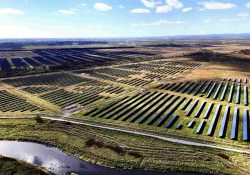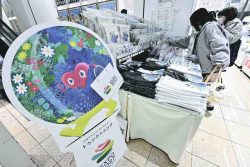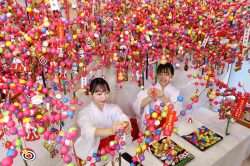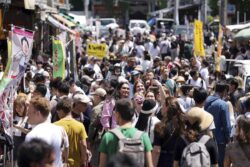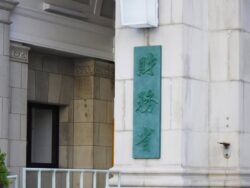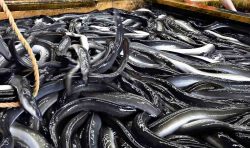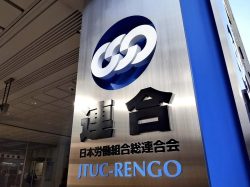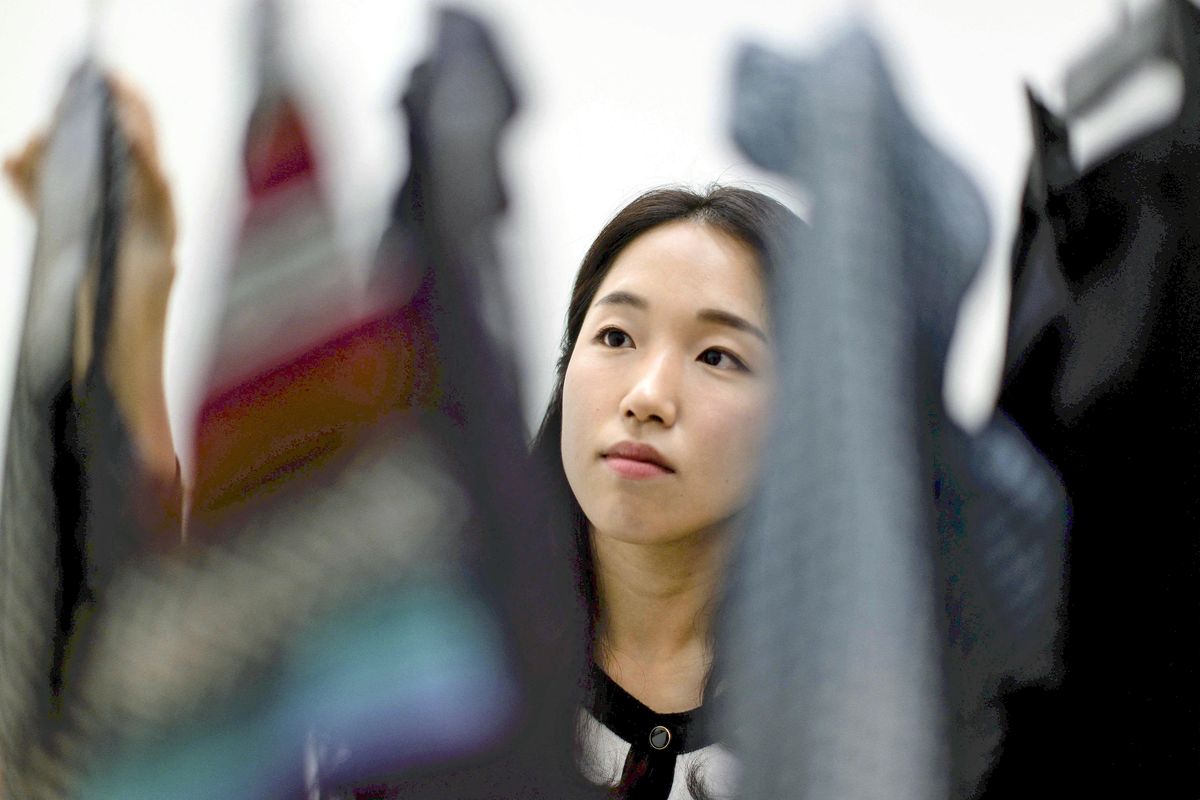
South Korean climate activist Lee So-yeon, who has a wardrobe consisting of used items that she received from friends and family, looks at a selection of her clothes, during an interview with AFP in Seoul. Photos were taken on July 23 and Aug. 7.
17:55 JST, February 26, 2025
SEOUL (AFP-Jiji) — Recovering South Korean shopaholic-turned-climate activist Lee So-yeon used to buy new clothes almost daily — until a $1.50 winter coat triggered an awakening that stopped her shopping entirely.
While looking at the ultra-cheap padded jacket at an H&M shop in the United States, where she was working at the time, Lee asked herself how any item of clothing could be sold so cheaply.
The 30-year-old embarked on a deep dive into fast fashion production methods and was horrified at the human, social and environmental toll hyperconsumerism is having on the planet — and on the mental health of women who make and buy cheap clothes.
“I used to buy one new outfit each [working] day of the week,” Lee told AFP, adding that each item from major high street retailers would typically cost less than a dollar.
But the reason the clothes are so cheap, Lee learned, is because the women who sew for companies are paid little, while the business model itself is causing significant environmental harm.
Lee stopped buying any new clothes — and has not purchased a single fast fashion garment since her epiphany around six years ago.
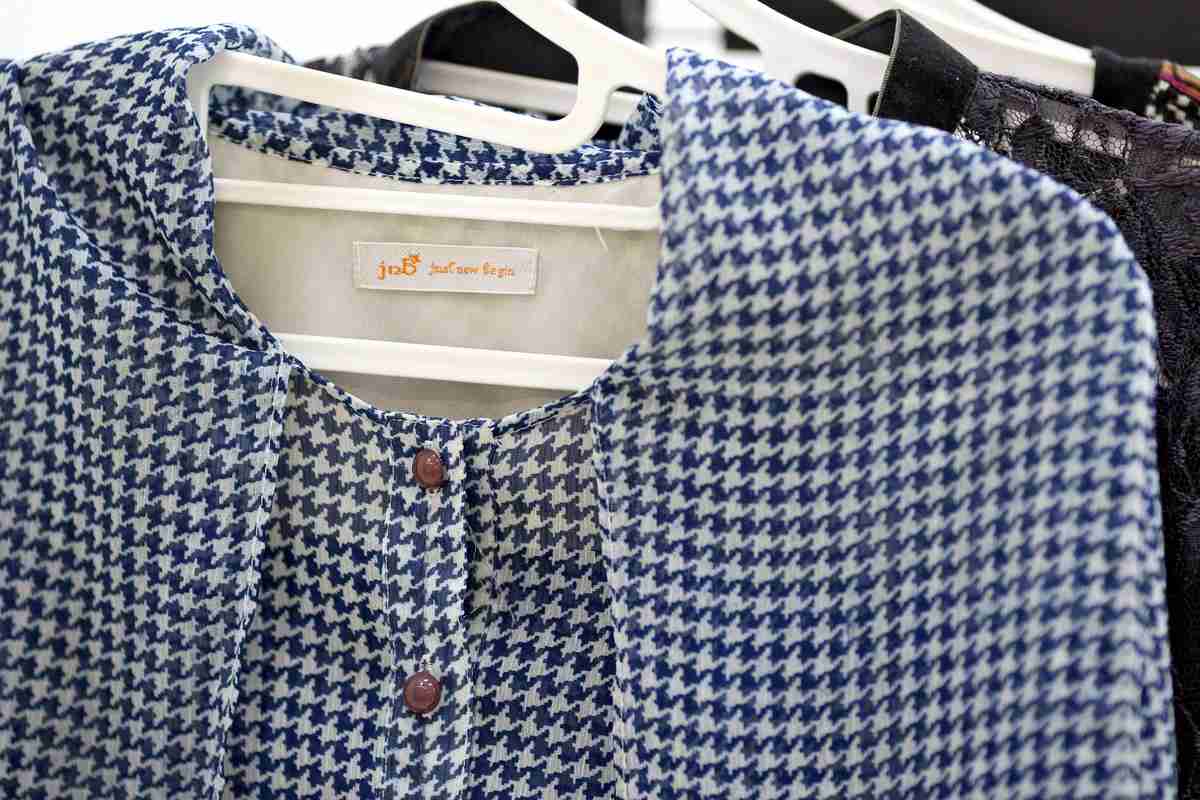
Clothes belonging to Lee So-yeon are seen during an interview.
Her much more compact wardrobe consists of used items that she received from friends and family, including a vintage leather jacket that once belonged to her mother.
Unlike fast fashion items, which are often designed to be thrown away after just a few wears, each piece is irreplaceable because it carries a unique story and history, she said.
“Ultimately, the most eco-friendly clothes are the ones already in your wardrobe,” said Lee.
Break the cycle
Lee now organizes clothing swaps with her friends and family, and has written a book to promote the idea of valuing garments for “the story behind it,” rather than chasing ephemeral trends.
She is part of a small but growing global movement seeking to promote second-hand clothing and help people — especially women — opt out of the cycle of over-consumption.
The app Lucky Sweater provides a platform for users to trade items from their closets with each other, focusing on sustainable brands, founder Tanya Dastyar told AFP.
“We’re programmed to believe the only way to express my fashion or show that I’m beautiful or trendy … is new outfits,” Dastyar said.
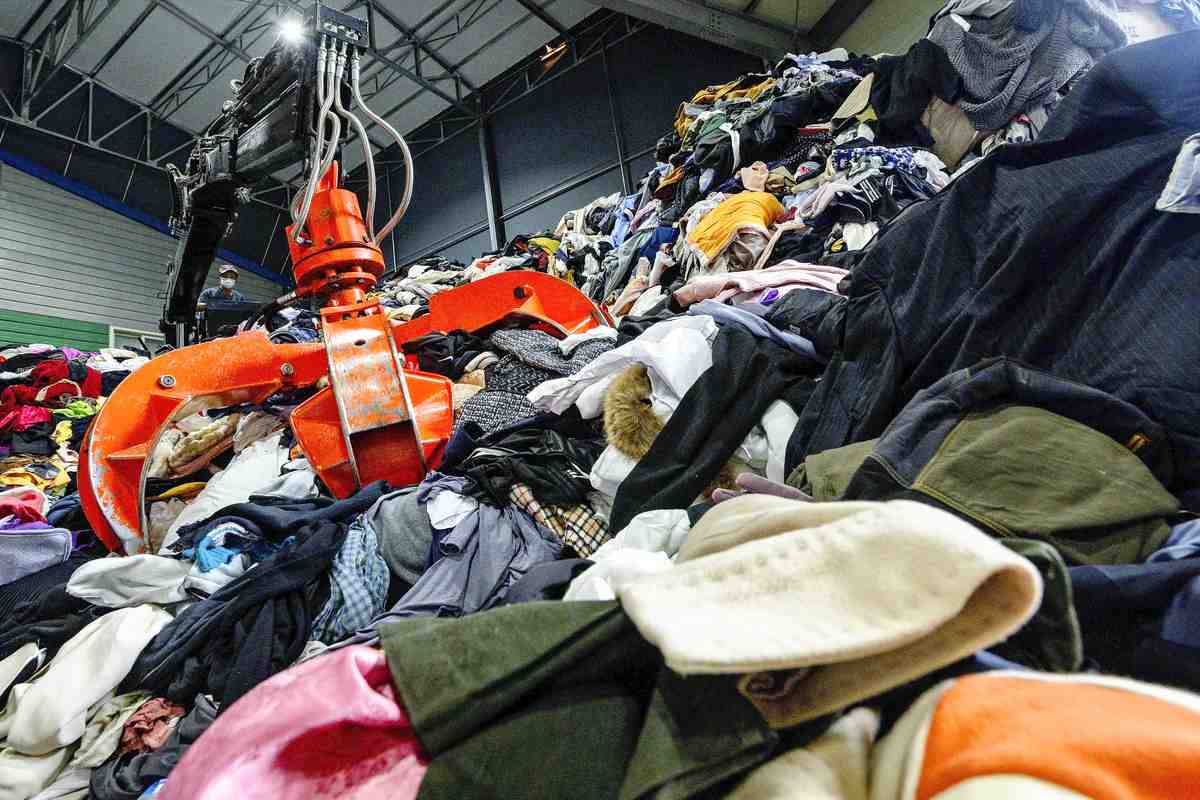
A mechanical claw categorizes a huge pile of garments, bedding, accessories and soft toys at a second-hand clothing factory in Paju, South Korea.
“But you can still be fashionable and feel good and look great and not have to do that,” she said, adding that although trading clothes did not have the same quick dopamine hit as making a fast-fashion purchase, it was far more rewarding over time.
The app’s growing uptake indicates that people are hungry to shift their relationship with clothing and consumerism, she said.
People realize: “I don’t have to follow trends and I can just dress in a way that feels comfortable to me,” she said. “Is that like a mass market thing? No. But do I feel like it can be a movement? Yes.”
For Lee, breaking the cycle of cheap clothing consumption helped her improve her mental health.
As a teenager, she would worry about what to wear on school trips — when uniforms were not required — at least a month in advance and would go shopping to ease her fears.

An employee works in a warehouse containing garments, bedding, soft toys and accessories before they are exported overseas.
“I felt a lot of pressure about how others would see me,” she told AFP.
But learning about Bangladesh’s 2013 Rana Plaza tragedy — one of the world’s worst industrial disasters that killed more than 1,130 garment factory workers, most of them young women — was a turning point.
The factory workers died making clothes for “women like me,” Lee said.
No second-hand?
The global fashion industry is one of the most polluting, accounting for up to 10% of greenhouse gas emissions, according to World Bank estimates.
Most modern clothes are made of synthetic materials like nylon and polyester, which are essentially plastic and do not biodegrade in landfills, industry data shows.
Keeping clothes out of landfills can help, but in South Korea, many still avoid used garments, said Kim Dong-hyun, who runs a used clothing export factory.
“People often don’t look favorably on someone wearing used clothes because they are seen as unwanted items,” Kim told AFP, noting he has found dirty diapers and food waste in the collection bins.
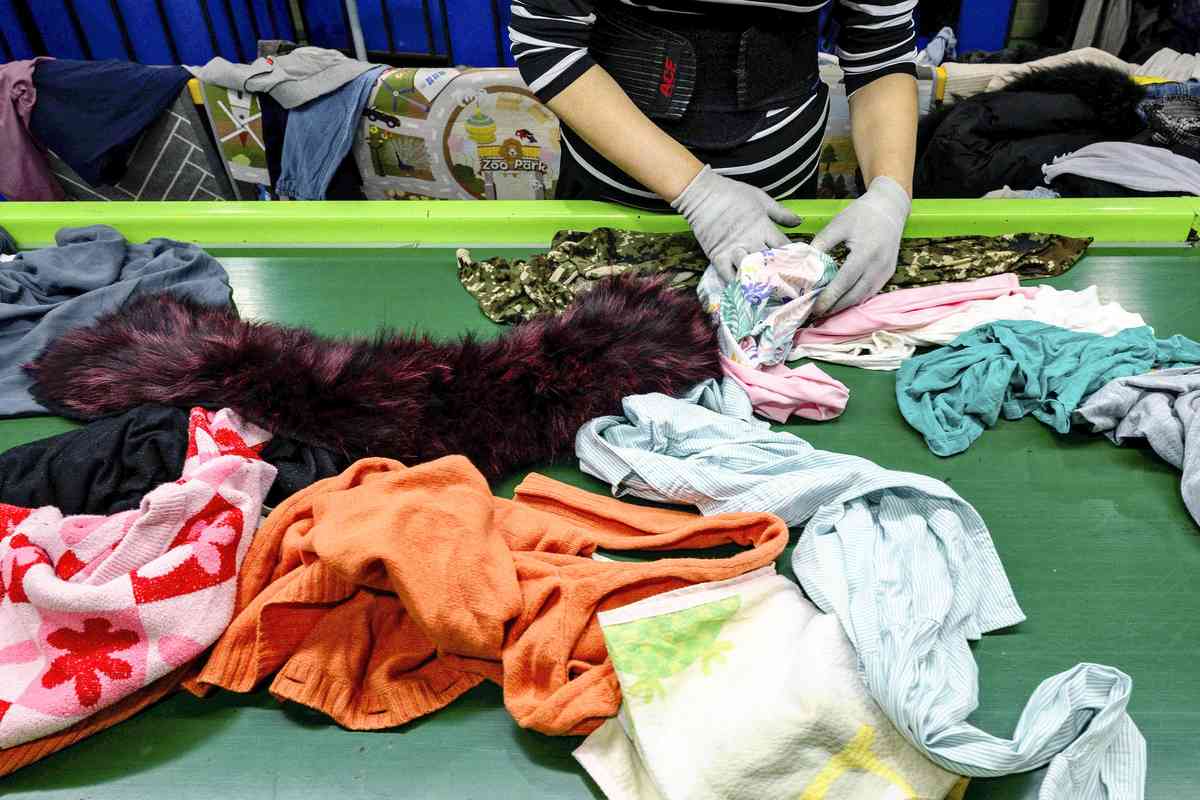
Employees sort through garments, bedding, soft toys and accessories.
South Korea is the fifth largest exporter of used clothing in the world — and activists say many garments are essentially dumped in developing countries, which lack the capacity to process them.
At Kim’s second-hand clothing factory in Paju, outside Seoul, a mechanical claw categorized piles of used clothes to be exported overseas.
“Many people treat the clothing collection bin as just a trash can,” Kim said.
"Science & Nature" POPULAR ARTICLE
-
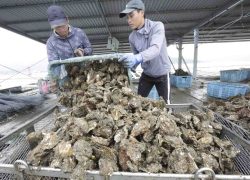
Mass Oyster Die-Offs Confirmed in Japan’s Seto Inland Sea; High Water Temperature Cited as Primary Cause
-

Genome Study Reveals Milestone in History of Cat Domestication
-

Big Leap in Quest to Get to Bottom of Climate Ice Mystery
-
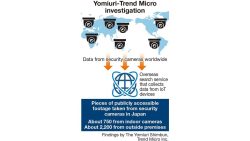
Security Camera Footage Vulnerable to Outside Access; Investigation Finds 3,000 Pieces Exposed Online
-

Paws on Parade: Nairobi’s Dogs Dazzle at ‘Pawchella’
JN ACCESS RANKING
-
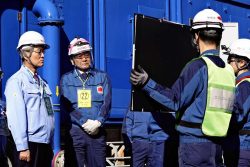
Keidanren Chairman Yoshinobu Tsutsui Visits Kashiwazaki-Kariwa Nuclear Power Plant; Inspects New Emergency Safety System
-
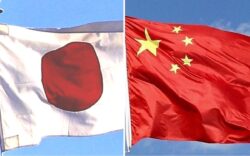
Imports of Rare Earths from China Facing Delays, May Be Caused by Deterioration of Japan-China Relations
-

University of Tokyo Professor Discusses Japanese Economic Security in Interview Ahead of Forum
-
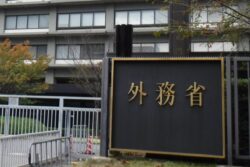
Japan Pulls out of Vietnam Nuclear Project, Complicating Hanoi’s Power Plans
-
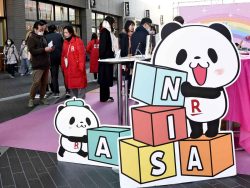
Govt Aims to Expand NISA Program Lineup, Abolish Age Restriction


